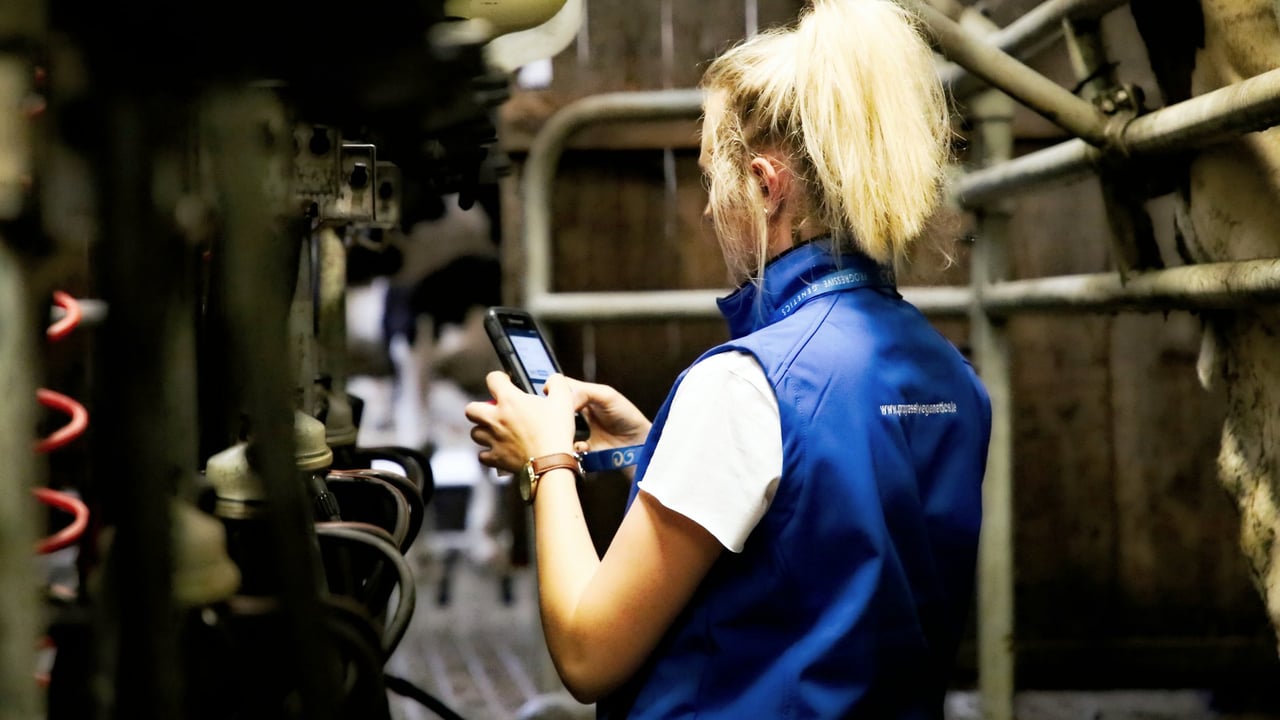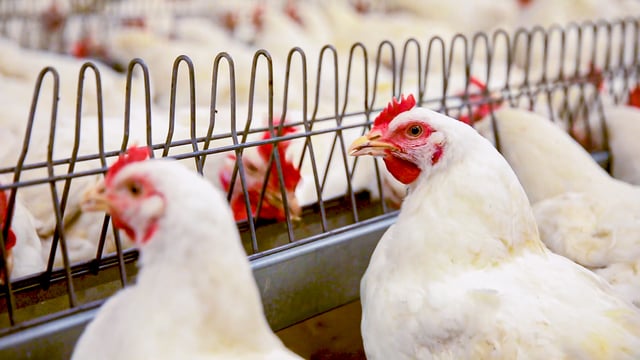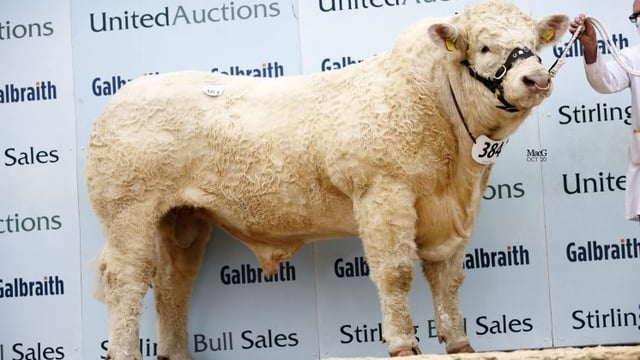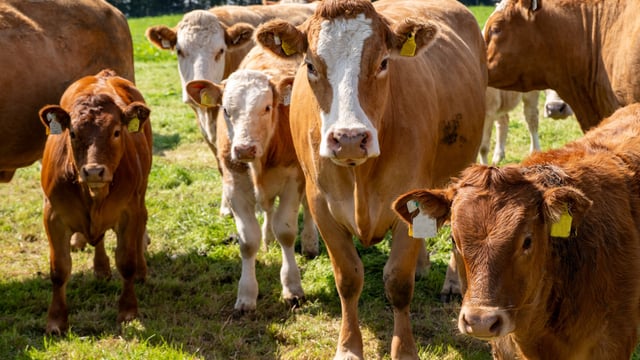New milk recording initiative launched for Lakeland Dairies suppliers
Lakeland Dairies and Progressive Genetics have come together in a new initiative to increase the number of Lakeland Dairies suppliers who are milk recording.
According to the two organisations, the initiative “will highlight the significant benefits of milk recording including the potential for better breeding decisions, enhanced herd performance and higher profitability”.
Preparation for incoming new dry cow therapy regulations is also a key consideration.
Research by Lakeland Dairies shows that one-third of the co-operative’s suppliers currently milk record. In total, almost two in three of all suppliers already have the facilities they need in their milking parlours to enable milk recording.
Lakeland Dairies and Progressive Genetics will provide collective feedback from the initiative to the overall Lakeland Dairies supplier base in a series of informative updates and videos.
Commenting, Eamon Duignan, member relations manager of Lakeland Dairies, said: “There is significant potential for the benefits of milk recording to be more widely realised by dairy farmers now and into the future.
“The new measures around selective dry cow therapy mean that milk recording will need to become common practice on dairy farms.
From 2022, dairy farmers will no longer be allowed to use blanket dry-cow treatment across all the cows in their herd, without specific evidence that this is required and milk recording provides the relevant data in this regard.
“Milk recording results will allow farmers to identify cows that meet the criteria and require selective-dry cow therapy [SDCT],” he added.
Stephen Connolly, milk recording manager with Progressive Genetics, said: “It’s important for dairy farmers to realise that we can milk record in 99.9% of milking facilities.
“For herds with no milk recording equipment, we can supply our meters for use on the day of recording known as EDIY [electronic do it yourself] recording.
Analysis carried out by Teagasc shows that, on average, herds that milk record have an 11.3% higher farm margin, some 782L more milk per cow, a €167 higher margin per cow while also having a 33,000 [26%] lower bulk somatic cell count [SCC] than non-milk recording herds.
“In addition to the above the ‘Ag-Climatise’ Draft National Climate and Air Roadmap for the Agriculture Sector to 2030 and Beyond, a figure of 90% is quoted for the target number of herds to be milk recording by 2030.”
In a circular to milk suppliers, Lakeland Dairies highlighted the benefits of milk recording.
Duignan of Lakeland Dairies said: “Armed with this information, the farmer can make more informed breeding decisions with regard to which cows to breed replacements from, thereby speeding up genetic gain and improving performance within their herd, while also being prepared for the new dry cow therapy regime.
“It’s a win-win for dairy farmers and we’re looking forward to supporting their continuous progress through milk recording,” Duignan concluded.




